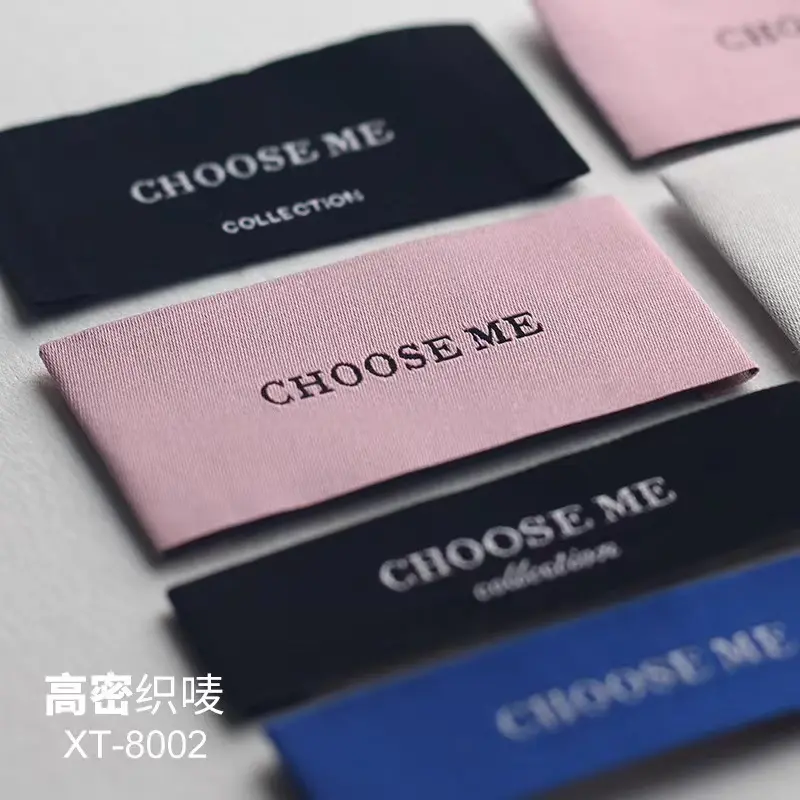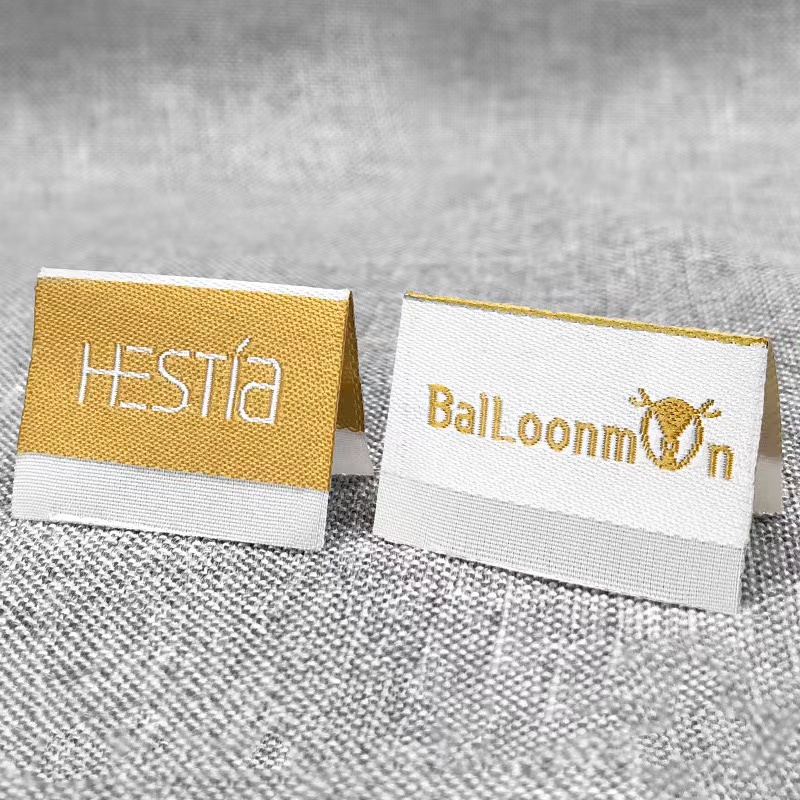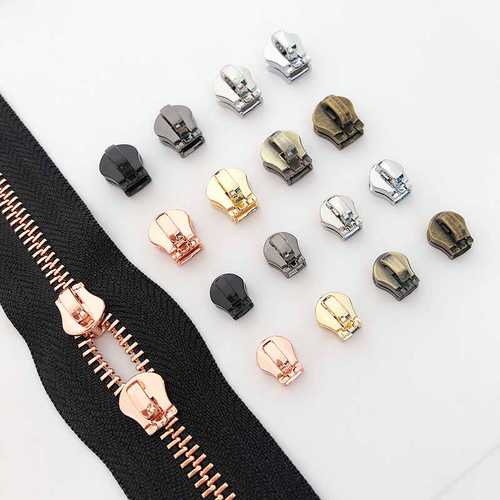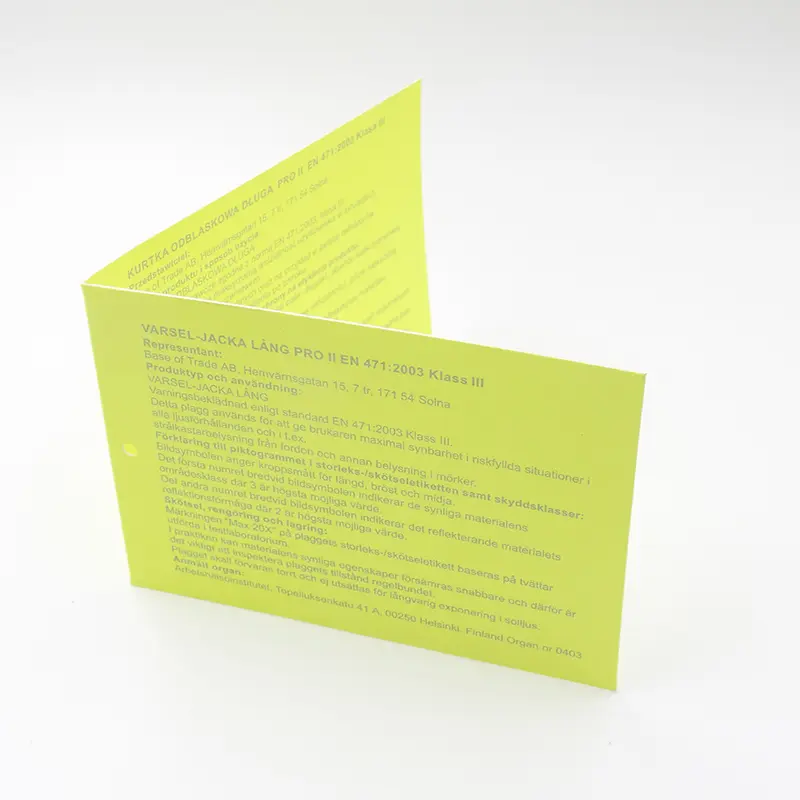Where to Buy Plastic Bags for Packaging Clothing?
Plastic Bags for Packaging Clothing
In the clothing industry, plastic packaging bags are not only tools to protect garments but also an extension of the brand image. Whether for e-commerce shipping, store display or consumer carrying, the material, design and functionality of clothing packaging bags directly affect user experience and brand value.

What are Plastic Bags for Clothing Packaging?
Plastic bags for clothing packaging are flexible packaging materials specially designed for garments, mainly used for transporting, storing and displaying clothing. They can be divided into two categories based on different uses:
① Inner packaging bags: Directly contact garments to prevent dust, moisture and deformation. They are commonly used in e-commerce return packaging or high-end brand stores (such as PE and PP zipper bags).
② Outer packaging bags: Serve as shopping bags or shipping bags, emphasizing aesthetics and advertising effects. Most are made of PO or PE, often designed as tote bags or handbags.
Which Garments Require Plastic Packaging Bags?
Clothing packaging bags have a wide range of applications, including:
① Daily wear: Lightweight garments such as T-shirts, shirts and dresses, usually protected by transparent or frosted zipper bags.
② High-end clothing: Wrinkle and moisture-resistant garments like suits, coats and down jackets, mostly using rigid PVC or composite film bags.
③ Functional clothing: Easily deformable or specially protected categories such as sportswear and swimwear, often using hook bags or bone bags.
④ E-commerce packages: Express bags, bubble bags, etc., which need to balance pressure resistance and environmental friendliness.
Types and Characteristics of Plastic Bags for Clothing Packaging
Based on material and function, clothing packaging bags can be divided into the following categories:
1. Classification by Material
① PE/PP bags: Low cost and high transparency, suitable for inner packaging (such as self-adhesive bags).
② PO bags: High flexibility, commonly used for outer packaging tote bags.
③ PVC bags: Waterproof and moisture-proof, suitable for high-end clothing or special scenarios (such as dry cleaners).
④ Non-woven bags: Environmentally friendly and reusable, gradually replacing traditional plastic bags.
2. Classification by Function
① Zipper bags: Convenient for repeated use, suitable for e-commerce returns (such as PE zipper bags).
② Hook bags: Built-in hooks for easy hanging display (such as packaging for socks and ties).
③ Slant hanging bags: Dust and water resistant, often used for suits and jackets.
Size Selection of Plastic Bags for Clothing Packaging
Sizes need to be customized according to garment types and packaging requirements:
① Small bags (e.g., 15×20cm): Suitable for small items such as underwear and socks.
② Medium bags (e.g., 30×40cm): Fit regular garments like T-shirts and shirts.
③ Large bags (e.g., 50×60cm): Used for thick garments such as down jackets and coats.
④ Special sizes: Such as round-bottomed bags and special-shaped bags, which can meet the personalized needs of brands.
Customizable Materials for Plastic Bags for Clothing Packaging
To meet the differentiated needs of brands, the materials of packaging bags can be customized as follows:
1. Environmentally Friendly Materials
① Degradable plastics: Such as PLA (polylactic acid), complying with international environmental standards (e.g., CE, RoHS).
② Non-woven fabrics: Laminated non-woven fabrics have both waterproofness and durability, suitable for long-term use.
2. Functional Materials
① Anti-static film: Used for packaging electronic components or precision clothing.
② Aluminum foil composite bags: Block light and moisture, suitable for high-end clothing.
Recommended Supplier: LIJIE China Wholesale Plastic Bags for Clothing Packaging
Core advantages:
① Environmental certification: Passed international certifications such as CE and RoHS, with safe and reliable materials.
② Flexible customization: Supports LOGO printing and size adjustment, with a minimum order quantity of 2000 pieces.
③ High cost-effectiveness: Unit price ranges from 0.25 to 0.4 US dollars, supporting multiple materials such as PE, PP and non-woven fabrics.
④ Global service: 20 years of industry experience, covering the entire chain of clothing production, e-commerce and brand retail.
Application scenarios:
① Clothing brand store packaging, e-commerce logistics packages, exhibition gift bags, etc.
② Customization case: A fast fashion brand adopted LIJIE's frosted zipper bags, reducing the return rate by 30%.
Conclusion
Choosing the right plastic bags for clothing packaging can not only enhance the brand image but also optimize the customer experience. With environmentally friendly materials, flexible customization and high cost-effectiveness, LIJIE China has become a preferred partner for global clothing enterprises.
































